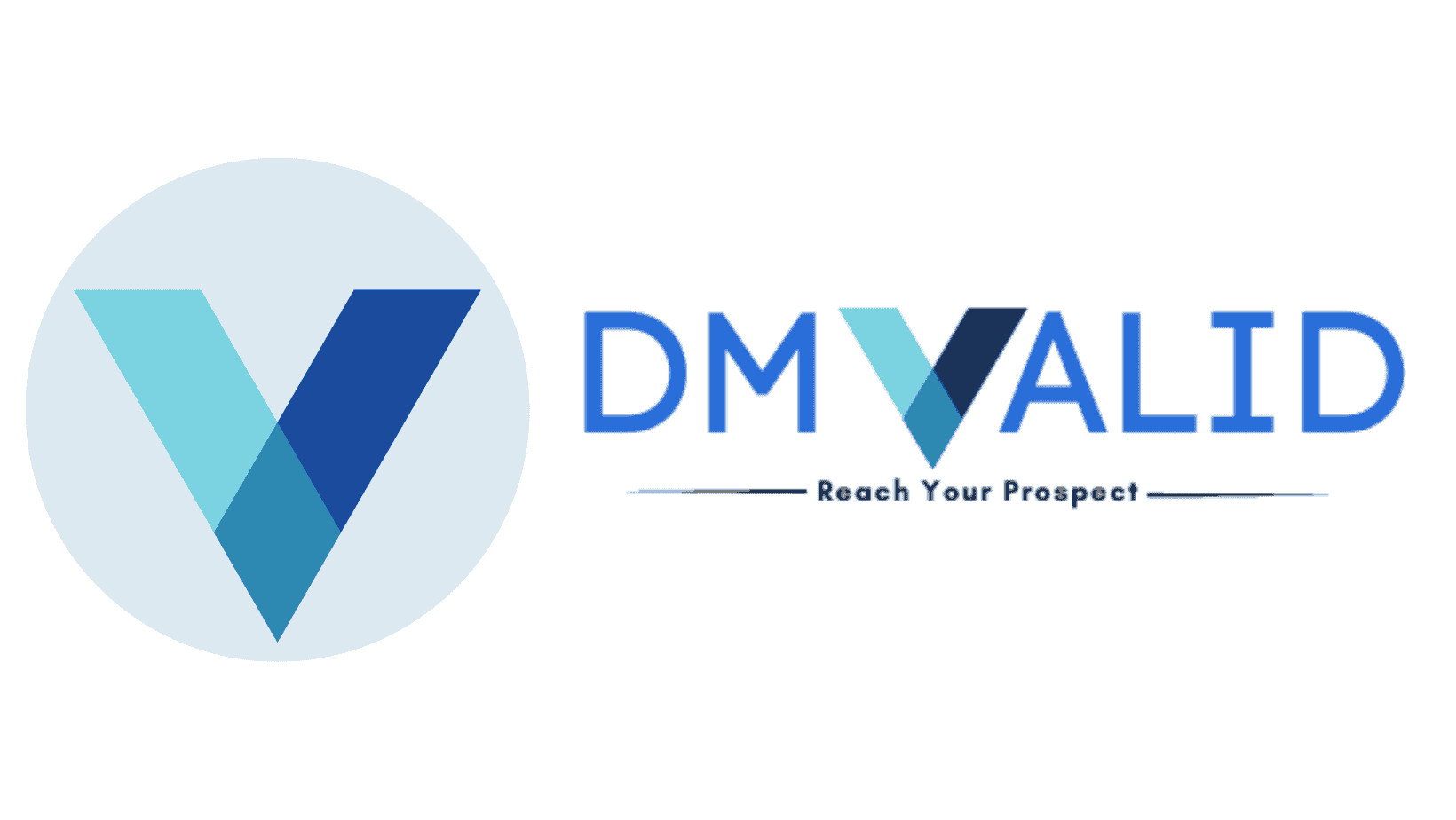Table of Contents
Introduction to B2B Sales Cycle
Welcome to the world of B2B sales, often known as B2B sales cycle is created expressly to support sales teams during the drawn-out B2B sales process. It is adaptable and has suitable guidelines that prospects can utilize from the prospecting stage through the conversion stage.
To assist Sales Development Representatives (SDRs) in closing more deals, this guide will comprehensively outline the B2B sales process and its many stages. Additionally, it contains some of the success variables that influence the sales process.
What is the B2B sales cycle?
A sales cycle must go through each stage in the sales cycle in order to turn a prospect into a client. Companies that regularly monitor sales cycles can:
- Decide what sales steps to take and do them as soon as possible.
- Analyze sales performance and carry out a competitive analysis in accordance with industry norms.
- Identify the areas that need improvement and take appropriate action.
Why do sales teams need a B2B sales cycle?
A B2B Sales process are frequently overheard discussing how much freedom comes with their work. They find it interesting how they can establish a connection with brand-new prospects through cold calls and persuade them using their powerful persuasion abilities. However, one tested strategy for closing agreements is creating a customized sales process and extracting useful insights from B2B sales information.
- A focused sales process aids new sales representatives in maintaining a strict workflow and swiftly picking up the company’s sales structure.
- Instead of maintaining an extensive B2B sales process, reducing it into stages enables sales managers to quickly spot barriers and take fast action to address the problems.
- By establishing a systematic sales cycle, it will be clear what is expected of the salespeople and guarantee that no important phases are missed.
- Sales managers that use a sales process can fully understand the process at all times. Managers and VPs can thereafter make the necessary adjustments to their sales tactics.
Different Stages of B2B Sales Cycle

1. Prospecting and lead generation
Prospecting is the first step in a sales cycle. Finding potential clients who are likely to be interested in your commercial offer and are currently in the evaluation stage of their buyer’s journey is the main goal of the prospecting stage.
2. Connect with the Customer and Qualify Leads
Now that you’ve located your ideal client, it’s time to get in touch with them and establish a relationship. Sales representatives start communicating with early-stage leads at the contact stage of the sales process to gather more data. Email is a great approach to start a conversation with your lead.
3. Lead qualification
Make your sales process need-driven, not product-driven, is a constant in B2B sales. To determine whether or not your solution can address prospects’ difficulties, it is crucial to understand their wants and match them with your offering.
4. Crafting the sales pitch
After the lead qualification step, a sales representative will have a comprehensive understanding of the prospect’s objective, challenges, and how their solution may benefit the prospects. Reps should therefore concentrate on developing a customized pitch at this point in the sales cycle.
5. Handling objections
A prospect may complain for a variety of reasons, including pricing, seeking more features, asking about value addition, and so forth. A B2B sales representative must positively respond to these arguments and turn them into reasons for the customer to purchase the product.
6. Close the Deal
The step of the sales cycle known as closing is both the most thrilling and challenging. The only thing left to do is sign the contract and clinch the purchase after a prospect has satisfactorily explained the value of the product and addressed their concerns.
7. Follow-up
Sales opportunities are wasted because 48% of salespeople don’t try any follow-up. What does it matter if you closed the deal during a successful sales call? It’s important to follow up and it makes a positive impression.
Conclusion
The b2b sales cycle is also unique to every sales process. A few days or many months may pass between the various stages of the B2B sales cycle. the focus of your sales process should always be about creating value and solving problems for your prospects.
Content Writer at DM Valid
Asifa Khanum is a Content Specialist at DM Valid. I fulfilled roles in marketing that shaped her interest in finding innovative solutions to modern-day problems.



